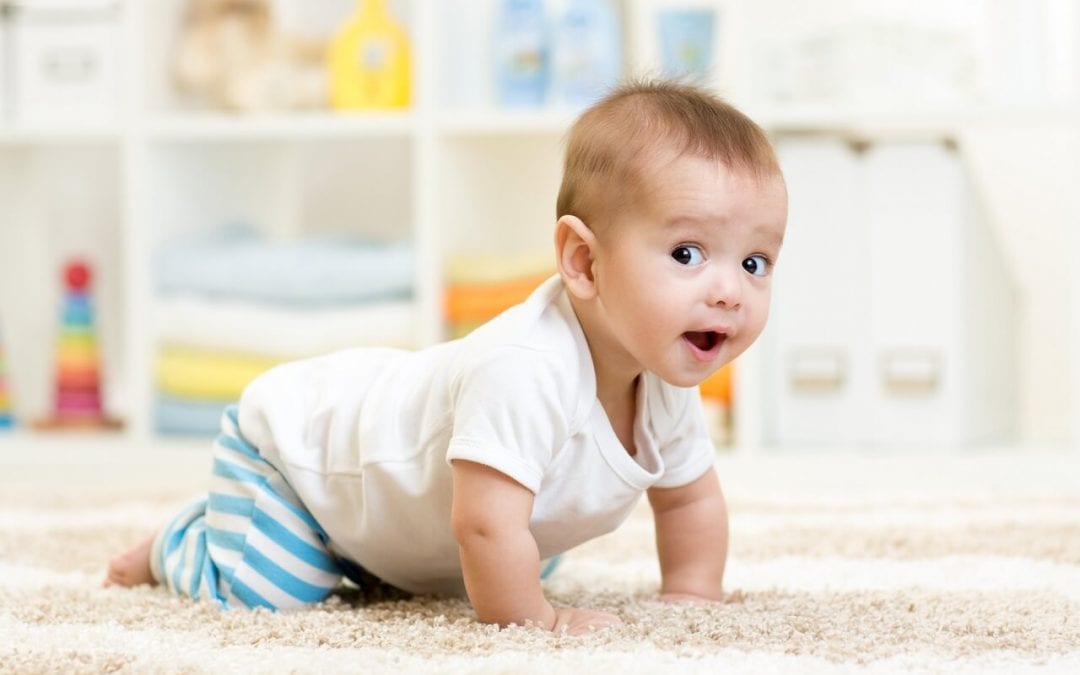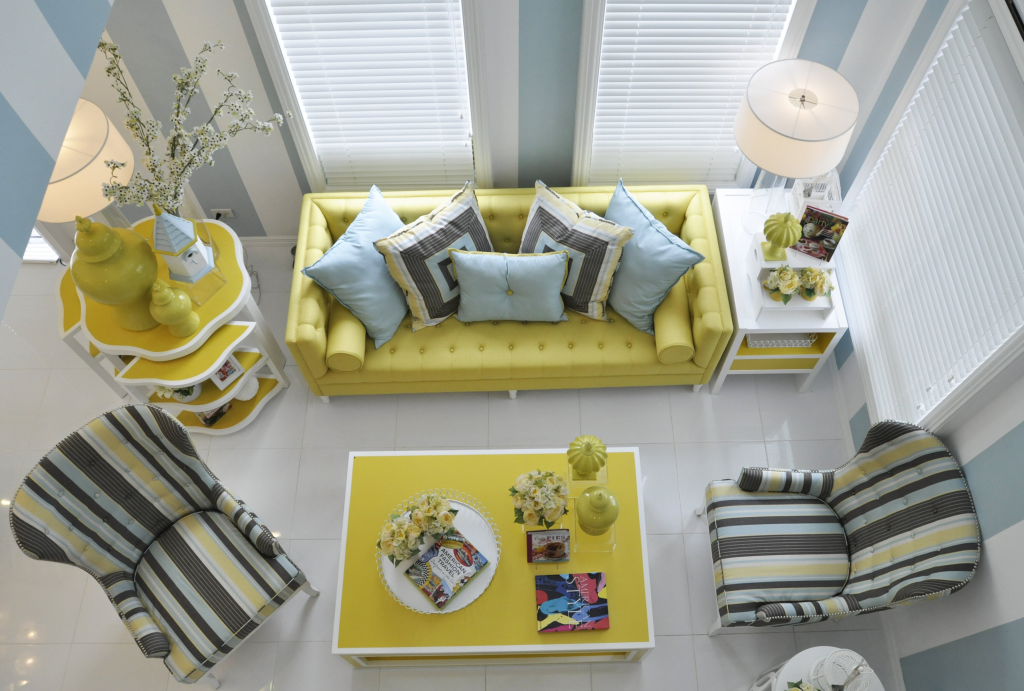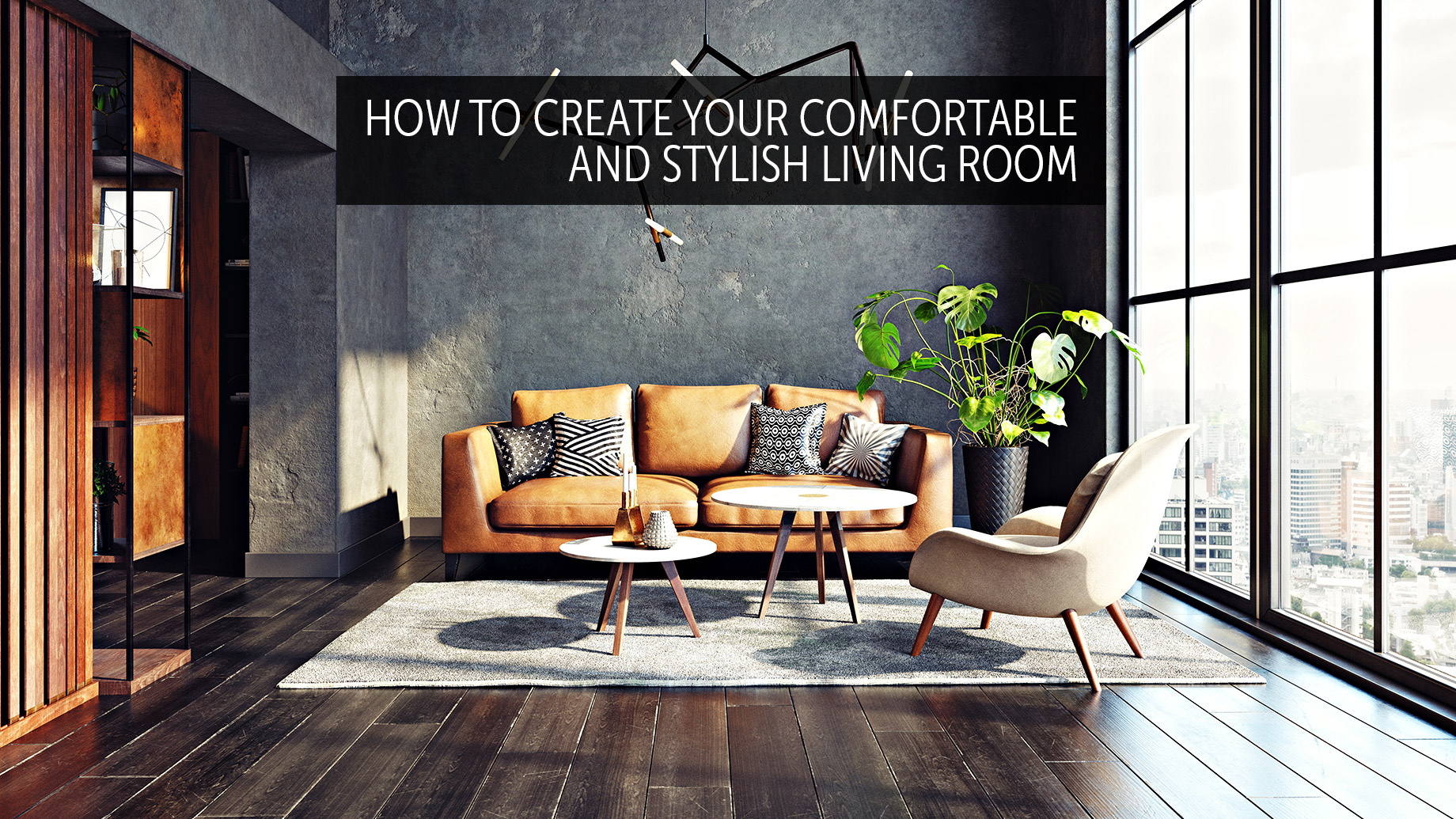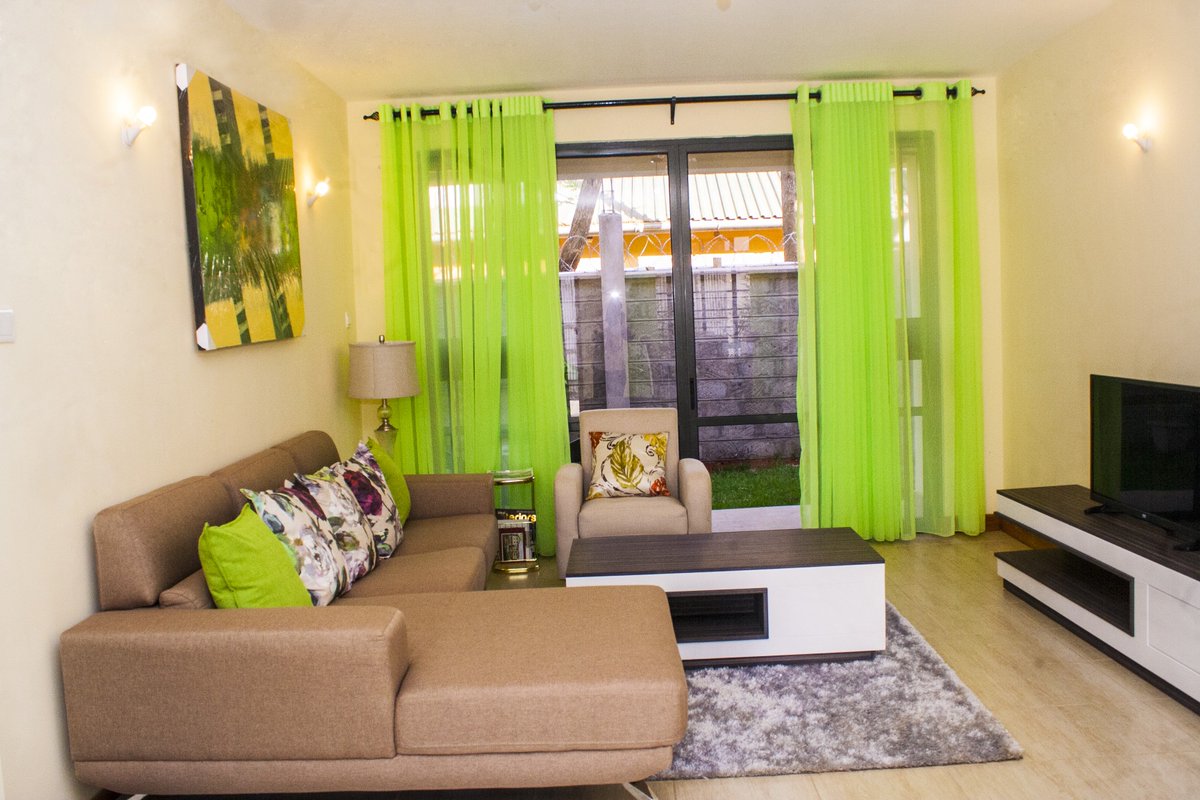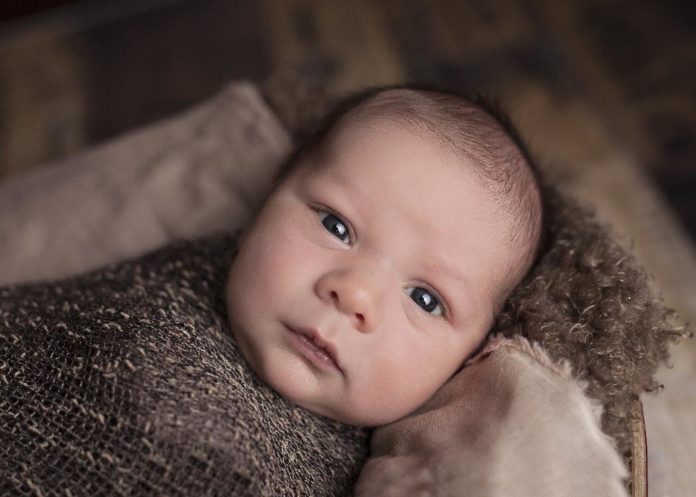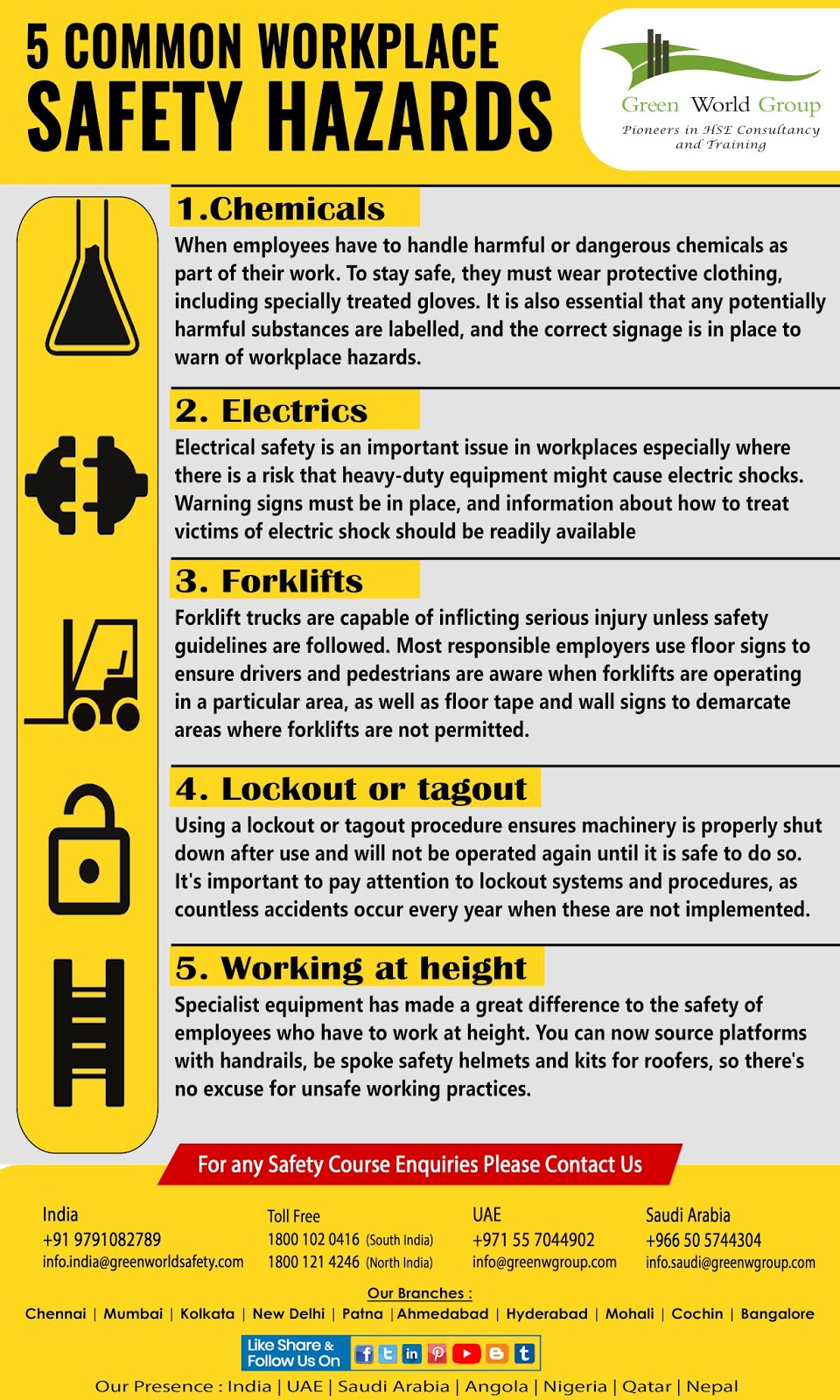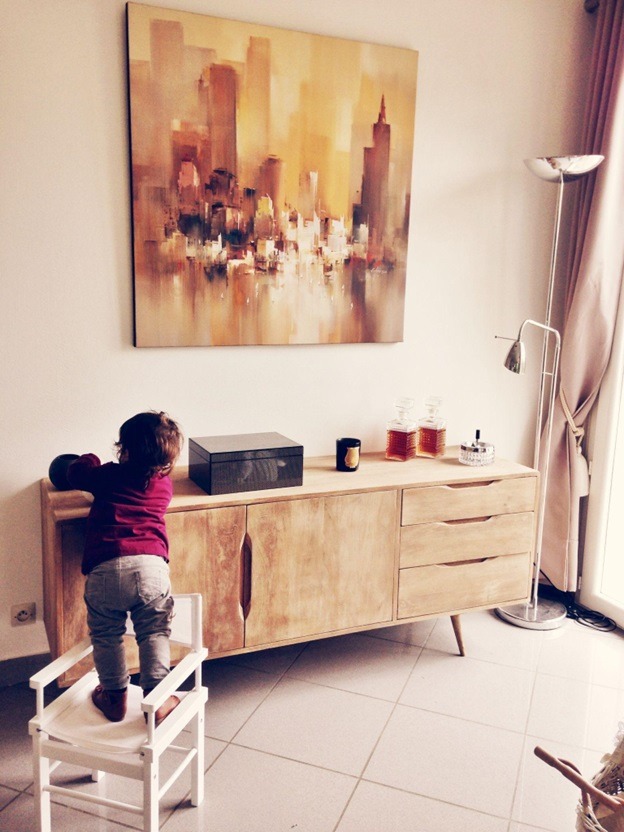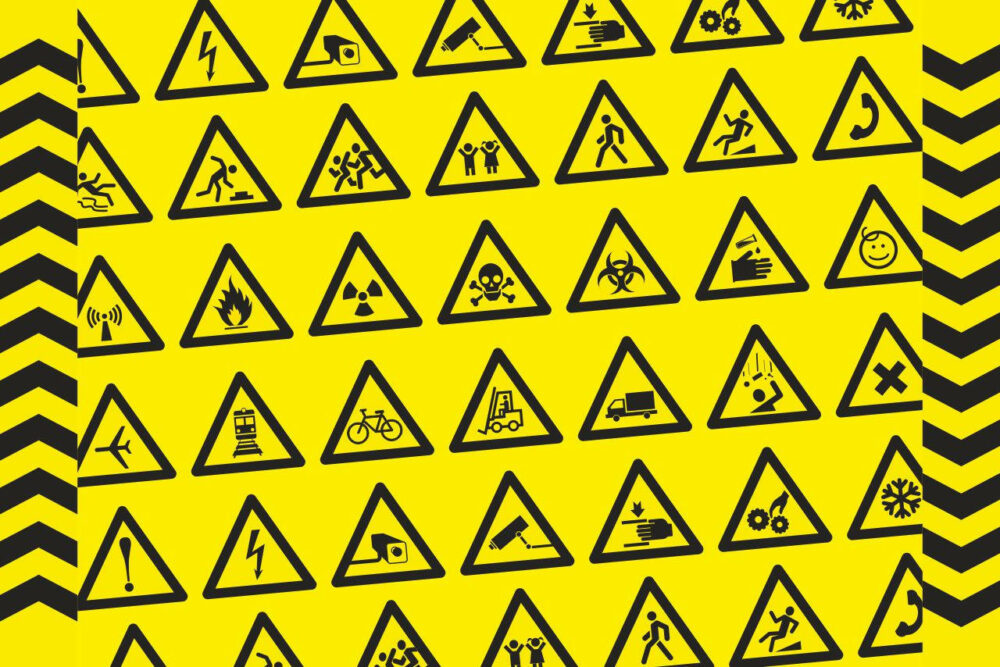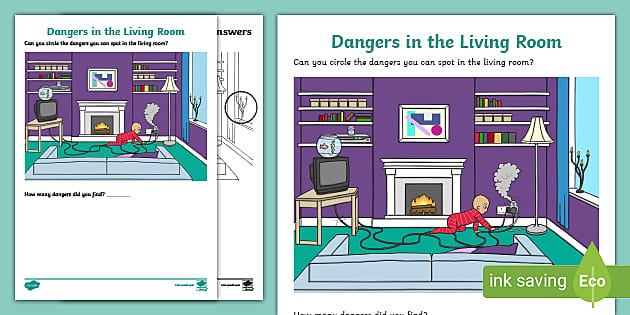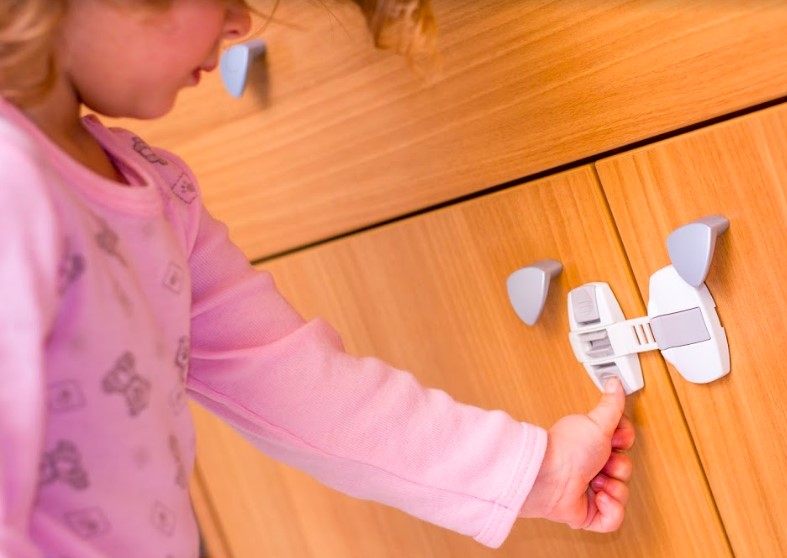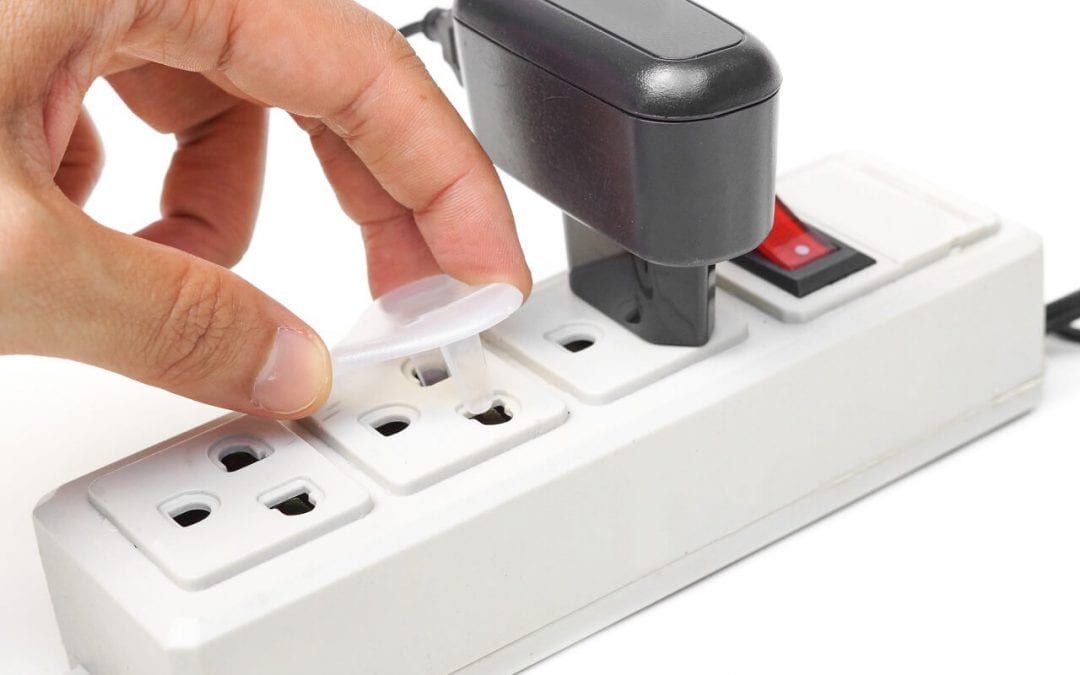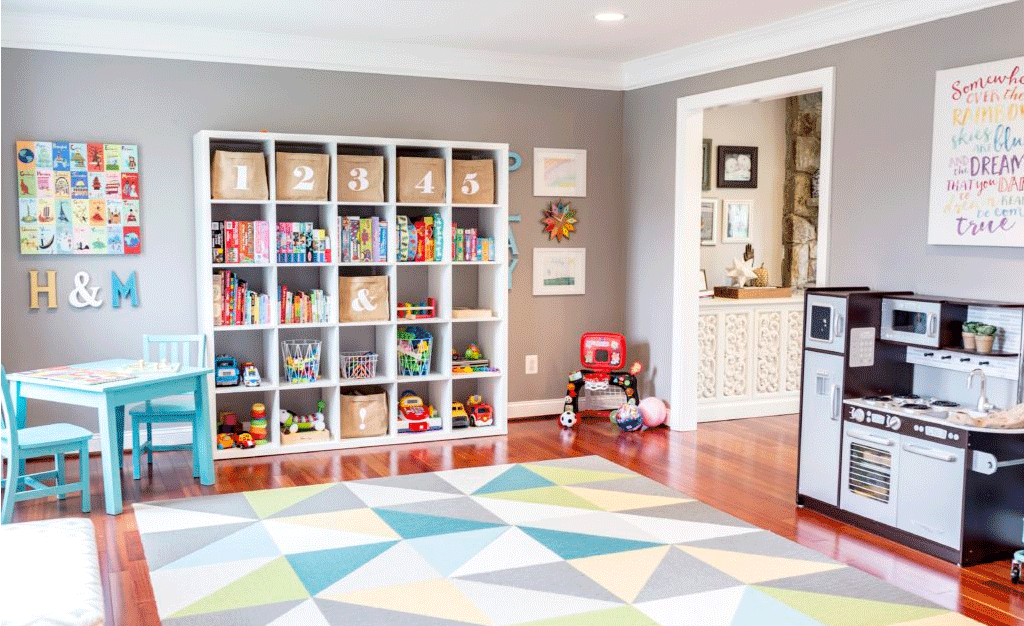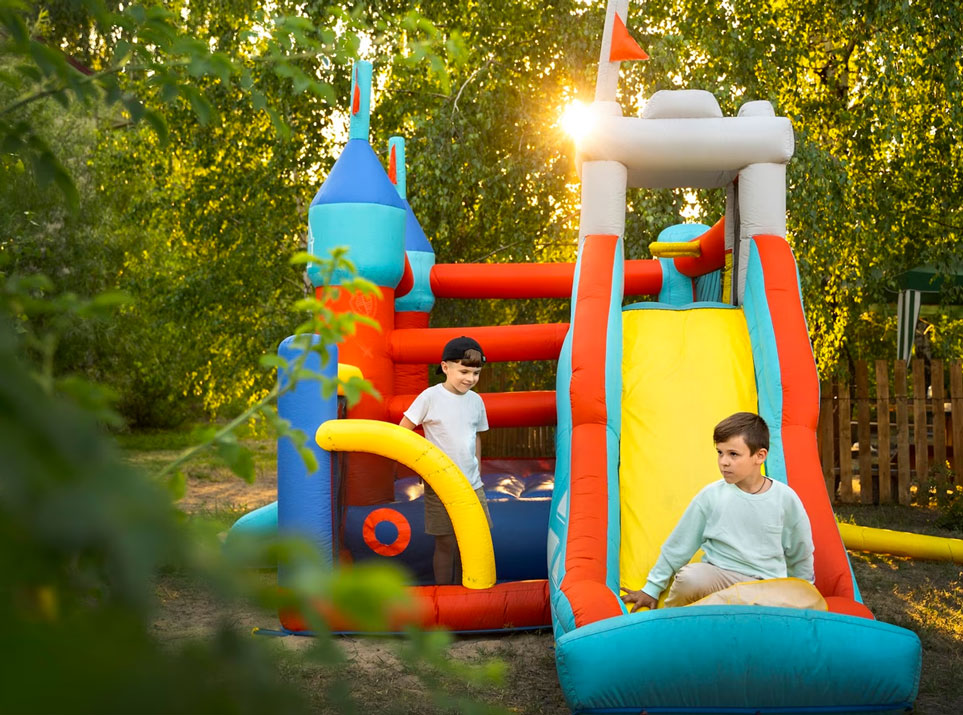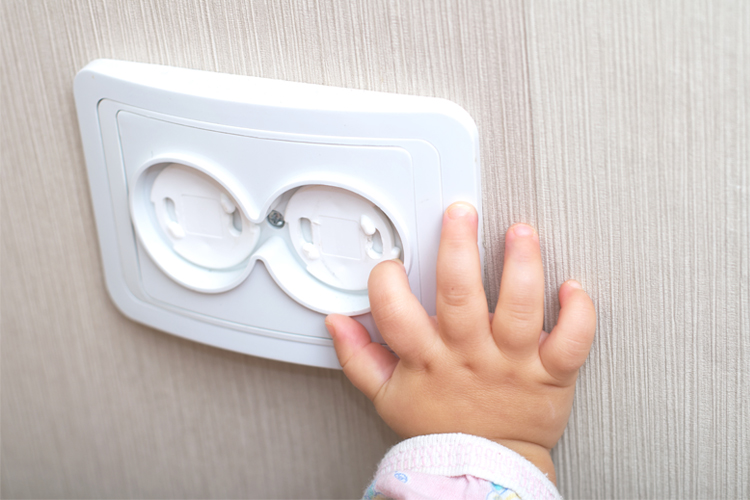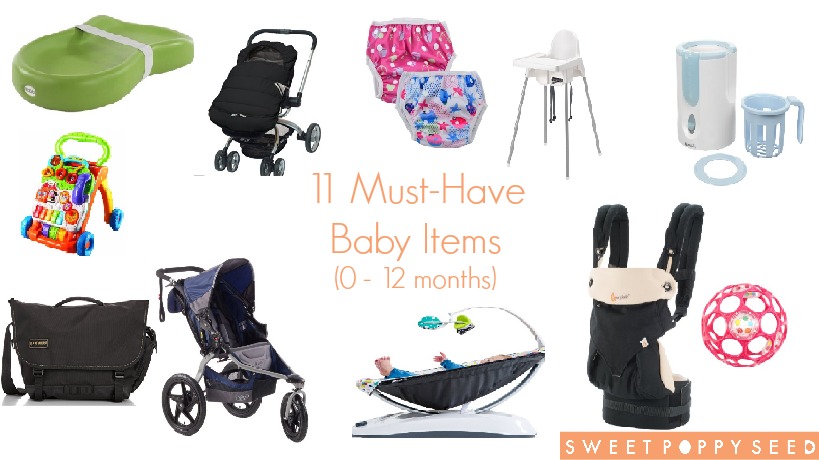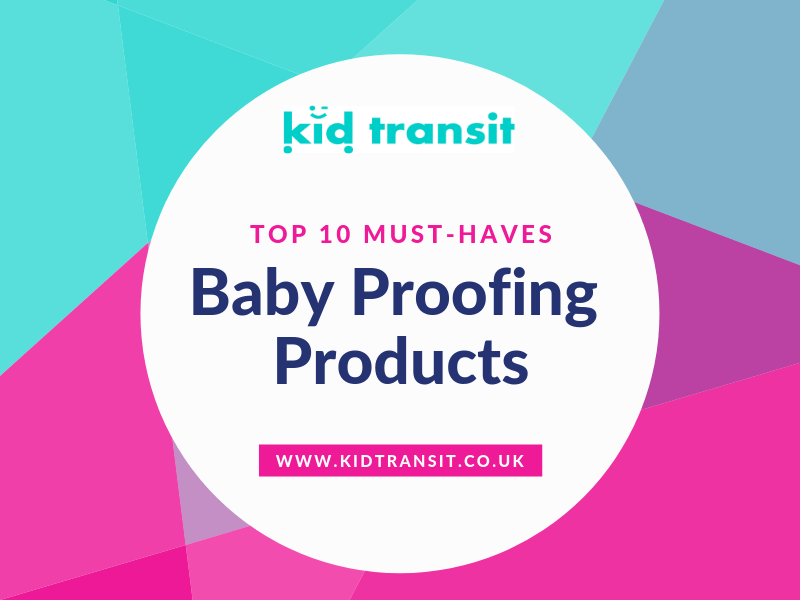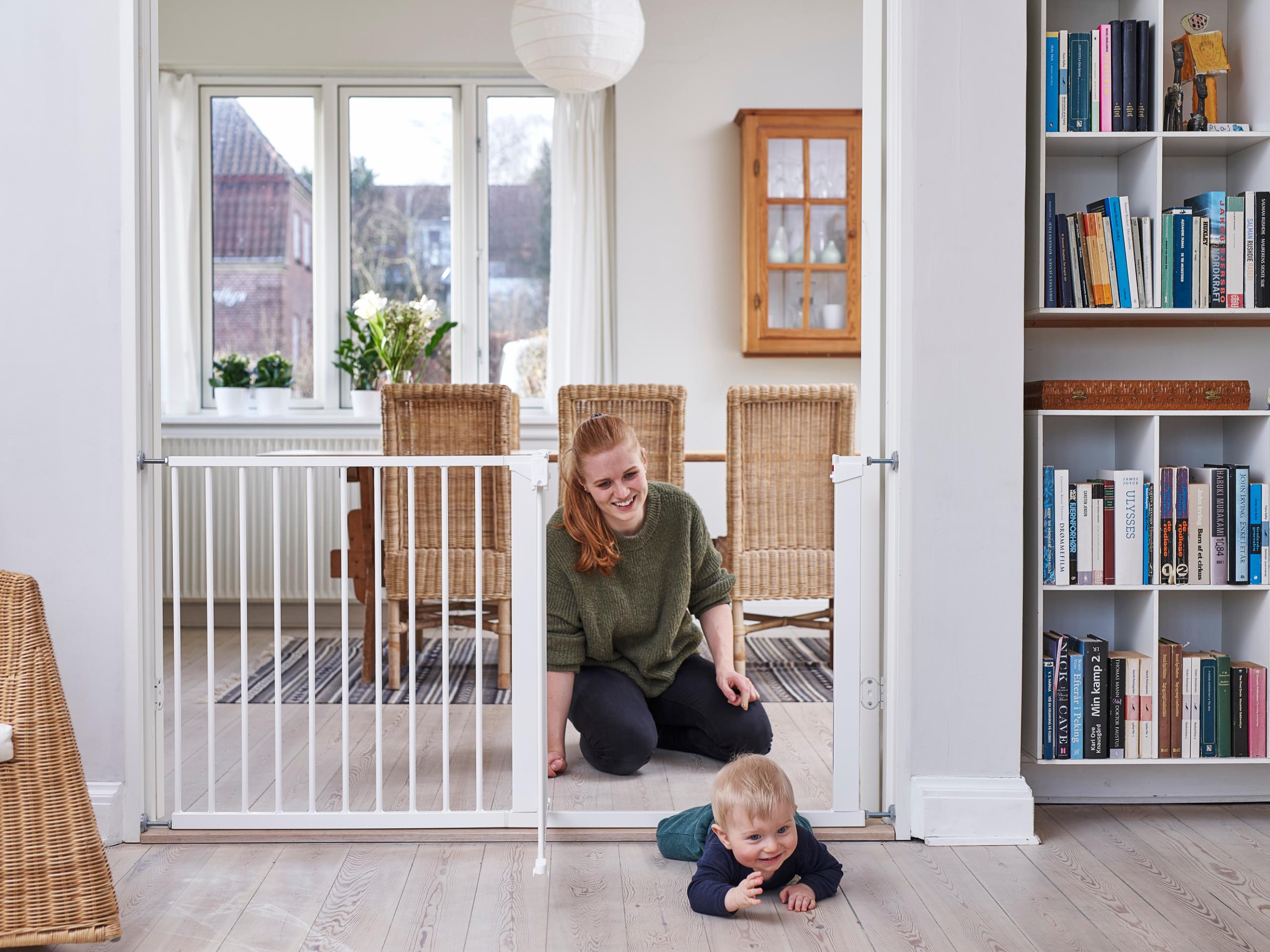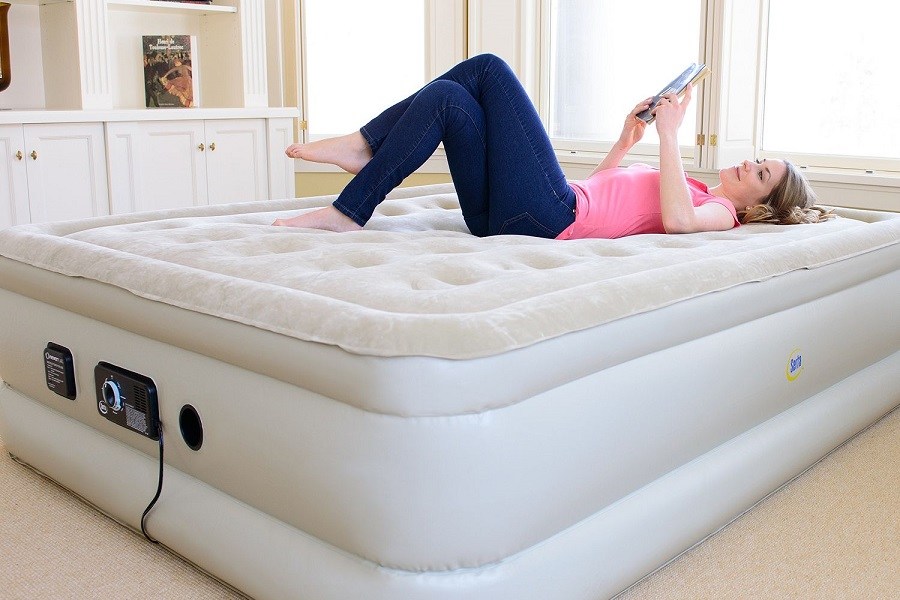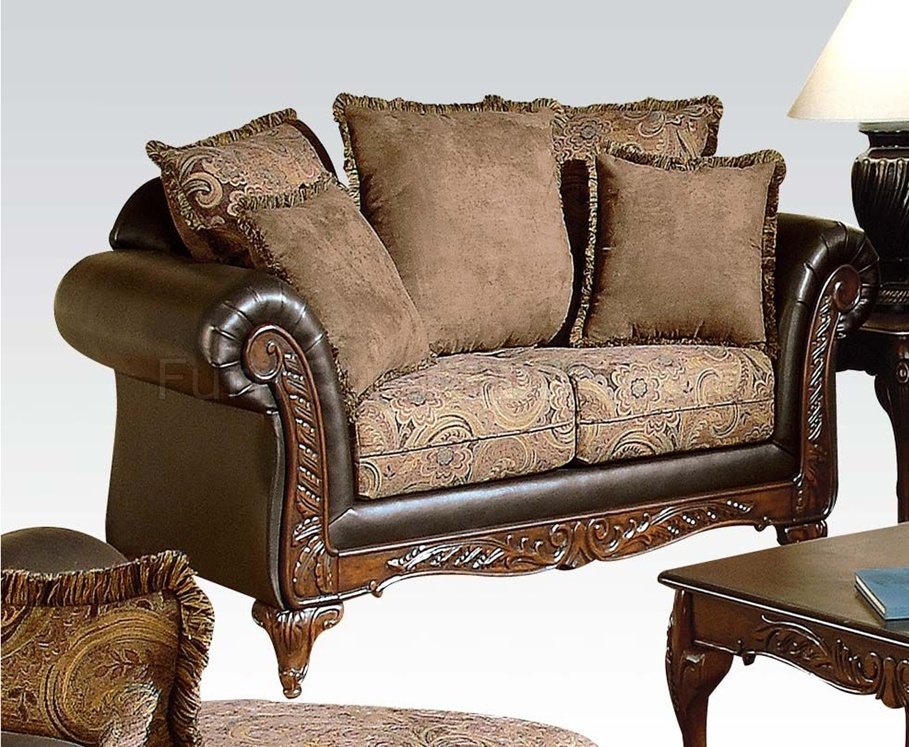As a new parent, one of your top priorities is to create a safe and secure environment for your baby. The living room, being the heart of your home, is a space that requires special attention when it comes to baby proofing. With a few simple tips and essential products, you can easily transform your living room into a safe and stylish space for your little one to explore and play in. In this guide, we will walk you through the top 10 ways to baby proof your living room.Childproofing Your Living Room: A Comprehensive Guide
1. Start with a thorough inspection of your living room. Get down on your hands and knees to view the room from your baby's perspective. This will help you identify potential hazards that you may have overlooked before. 2. Cover all electrical outlets with outlet covers or safety caps. These can easily be removed by curious little hands, so make sure to choose ones that are difficult for children to open. 3. Secure all loose cords and wires. Use cord covers or tie them up and out of reach. This will not only prevent your baby from pulling on them but also keep them from becoming tangled or tripping hazards. 4. Install safety gates at the entrances of your living room to prevent your little one from wandering off into other areas of the house. Make sure to choose gates that are sturdy and can be securely attached to the walls. 5. Invest in furniture anchors to secure heavy furniture, such as bookshelves and TV stands, to the wall. This will prevent them from tipping over if your baby tries to climb on them. 6. Cover sharp edges and corners with corner guards. These are especially important for coffee tables, TV stands, and other furniture with sharp edges that your baby could bump into. 7. Use baby gates or playpens to create a safe play area for your little one. This will allow them to explore and play freely while keeping them away from potential hazards. 8. Keep all small objects, such as coins, batteries, and small toys, out of reach. These can pose a choking hazard for young children and should be stored in a secure location. 9. Install window guards or safety locks on windows. This will prevent your baby from accidentally opening the windows and potentially falling out. 10. Lastly, always supervise your baby while they are in the living room. No amount of baby proofing can replace the need for parental supervision.10 Tips for Babyproofing Your Living Room
Baby proofing your living room doesn't mean sacrificing style. With the right products and design choices, you can create a space that is both safe and aesthetically pleasing. Here are a few tips to help you achieve this: - Choose soft furnishings, such as rugs and cushions, to soften hard surfaces and prevent injuries from falls. - Opt for non-toxic and eco-friendly materials when choosing furniture and decor. This will ensure that your baby is not exposed to harmful chemicals. - Use storage solutions, such as baskets and bins, to keep your living room clutter-free and prevent your baby from getting into things they shouldn't. - Consider investing in a baby-friendly coffee table with rounded edges or an ottoman instead. This will eliminate the need for corner guards and provide a safe surface for your baby to play on.How to Create a Safe and Stylish Living Room for Your Baby
When it comes to baby proofing your living room, there are a few must-have products that will make the process easier and more effective. These include: - Outlet covers or safety caps - Cord covers or ties - Safety gates - Furniture anchors - Corner guards - Baby gates or playpens - Window guards or safety locks - Soft furnishings - Storage solutionsEssential Baby Proofing Products for Your Living Room
1. Electrical outlets: As mentioned earlier, covering all electrical outlets with outlet covers or safety caps is a simple and effective way to prevent your baby from sticking their fingers or objects into them. 2. Cords and wires: Loose cords and wires not only pose a strangulation hazard but can also cause tripping and other injuries. Make sure to secure them and keep them out of reach. 3. Sharp edges and corners: Use corner guards to cover sharp edges and corners on furniture. If possible, opt for furniture with rounded edges to eliminate the need for corner guards altogether. 4. Heavy furniture: Anchoring heavy furniture to the wall is crucial for preventing tip-overs. Make sure to secure all bookshelves, TV stands, and other heavy pieces of furniture. 5. Small objects: Keep all small objects, such as coins, batteries, and small toys, out of reach. These can pose a choking hazard for young children and should be stored in a secure location.5 Common Living Room Hazards and How to Babyproof Them
Baby proofing your living room doesn't have to break the bank. Here are a few budget-friendly tips to help you create a safe space for your little one: - Look for second-hand baby proofing products online or at thrift stores. - DIY your own corner guards using pool noodles or foam pipe insulation. - Use removable adhesive hooks to secure cords and wires instead of buying specific cord covers. - Repurpose items you already have, such as old baskets or bins, for storage solutions.Babyproofing Your Living Room on a Budget
Designating a specific play area in your living room is a great way to keep your baby safe while still allowing them to explore and play freely. Here are a few tips to help you create a safe play area: - Use a playpen or baby gate to create a boundary for the play area. - Choose soft flooring, such as a rug or playmat, to cushion falls. - Keep all toys and other play items within the designated play area. - Make sure that the play area is free of any potential hazards, such as cords, wires, or small objects.Creating a Safe Play Area in Your Living Room for Your Baby
1. Outlet covers or safety caps 2. Cord covers or ties 3. Safety gates 4. Furniture anchors 5. Corner guards 6. Baby gates or playpens 7. Window guards or safety locks 8. Soft furnishings 9. Storage solutions 10. A designated play areaMust-Have Baby Proofing Items for Your Living Room
1. Use pool noodles or foam pipe insulation to create DIY corner guards for furniture with sharp edges. 2. Repurpose old towels or blankets as soft play surfaces for your baby. 3. Use adhesive hooks to secure cords and wires to the wall instead of buying specific cord covers. 4. Create a DIY playpen using a large cardboard box or a baby gate. 5. Use rubber bands or hair ties to secure cabinet doors instead of buying childproofing locks.5 DIY Baby Proofing Hacks for Your Living Room
When it comes to choosing baby proofing products for your living room, it's important to consider the specific hazards in the room and the age and development of your baby. Here are a few tips to help you make the right choices: - Start with a thorough inspection of your living room to identify potential hazards. - Consider the age and development of your baby. Some hazards may not be a concern for younger babies, but as they grow and become more mobile, they may need to be addressed. - Read reviews and do your research before purchasing baby proofing products. Look for products that are durable, easy to install, and difficult for children to open or remove.How to Choose the Right Baby Proofing Products for Your Living Room
Baby Proofing Your Living Room: A Comprehensive Guide for Parents
Creating a Safe and Functional Space for Your Little One
 As a new parent, one of the top priorities is ensuring the safety of your child. And with the living room being the central hub of most homes, it is crucial to
baby proof
this space to create a safe and
child-friendly
environment. However,
baby proofing
doesn't have to mean sacrificing style or functionality. With a few simple adjustments, you can have a
baby proof living room
that is both safe and aesthetically pleasing.
As a new parent, one of the top priorities is ensuring the safety of your child. And with the living room being the central hub of most homes, it is crucial to
baby proof
this space to create a safe and
child-friendly
environment. However,
baby proofing
doesn't have to mean sacrificing style or functionality. With a few simple adjustments, you can have a
baby proof living room
that is both safe and aesthetically pleasing.
Identify Potential Hazards
 The first step in
baby proofing
your living room is to identify potential hazards. Look for sharp edges on furniture, electrical outlets, and cords that your little one could pull on. Make sure to secure heavy furniture such as bookshelves and TV stands to the wall to prevent them from falling over. It is also essential to check for any small objects that could be choking hazards and remove them from the room.
The first step in
baby proofing
your living room is to identify potential hazards. Look for sharp edges on furniture, electrical outlets, and cords that your little one could pull on. Make sure to secure heavy furniture such as bookshelves and TV stands to the wall to prevent them from falling over. It is also essential to check for any small objects that could be choking hazards and remove them from the room.
Protecting Furniture and Surfaces
 Once you have identified potential hazards, it's time to
baby proof
your furniture and surfaces. Invest in
corner guards
to cover sharp edges on coffee tables and TV stands. You can also use
edge bumpers
on furniture to prevent your child from getting hurt if they accidentally bump into it.
Outlet covers
are a must-have to prevent your child from sticking their fingers or objects into electrical outlets. You can also use
cable ties
to secure cords and prevent your child from pulling on them.
Once you have identified potential hazards, it's time to
baby proof
your furniture and surfaces. Invest in
corner guards
to cover sharp edges on coffee tables and TV stands. You can also use
edge bumpers
on furniture to prevent your child from getting hurt if they accidentally bump into it.
Outlet covers
are a must-have to prevent your child from sticking their fingers or objects into electrical outlets. You can also use
cable ties
to secure cords and prevent your child from pulling on them.
Creating a Safe Play Area
 In addition to
baby proofing
your furniture and surfaces, it is essential to create a safe play area for your child. Consider investing in a
baby gate
to block off the living room from other areas of the house. This will give your child a designated space to play without the risk of them wandering into hazardous areas. You can also use a
play mat
on the floor to provide a soft and cushioned surface for your little one to play on.
In addition to
baby proofing
your furniture and surfaces, it is essential to create a safe play area for your child. Consider investing in a
baby gate
to block off the living room from other areas of the house. This will give your child a designated space to play without the risk of them wandering into hazardous areas. You can also use a
play mat
on the floor to provide a soft and cushioned surface for your little one to play on.
Maximizing Functionality
 While
baby proofing
your living room, it's crucial to maintain its functionality. Instead of removing all your decorative items, consider using
baby proofing
products such as
anchor straps
to secure them in place. You can also use
storage bins
to keep toys and other items out of reach. Consider investing in
childproof locks
for cabinets and drawers to keep hazardous items such as cleaning products out of your child's reach.
While
baby proofing
your living room, it's crucial to maintain its functionality. Instead of removing all your decorative items, consider using
baby proofing
products such as
anchor straps
to secure them in place. You can also use
storage bins
to keep toys and other items out of reach. Consider investing in
childproof locks
for cabinets and drawers to keep hazardous items such as cleaning products out of your child's reach.
In Conclusion
 In conclusion,
baby proofing
your living room is essential for creating a safe and functional space for your child. By identifying potential hazards and taking simple precautions, you can have a
baby proof living room
that is both safe and stylish. Remember to regularly check for new hazards as your child grows and adjust your
baby proofing
methods accordingly. With a little effort and creativity, you can have a
baby proof living room
that provides peace of mind for you and a safe place for your little one to explore and play in.
In conclusion,
baby proofing
your living room is essential for creating a safe and functional space for your child. By identifying potential hazards and taking simple precautions, you can have a
baby proof living room
that is both safe and stylish. Remember to regularly check for new hazards as your child grows and adjust your
baby proofing
methods accordingly. With a little effort and creativity, you can have a
baby proof living room
that provides peace of mind for you and a safe place for your little one to explore and play in.






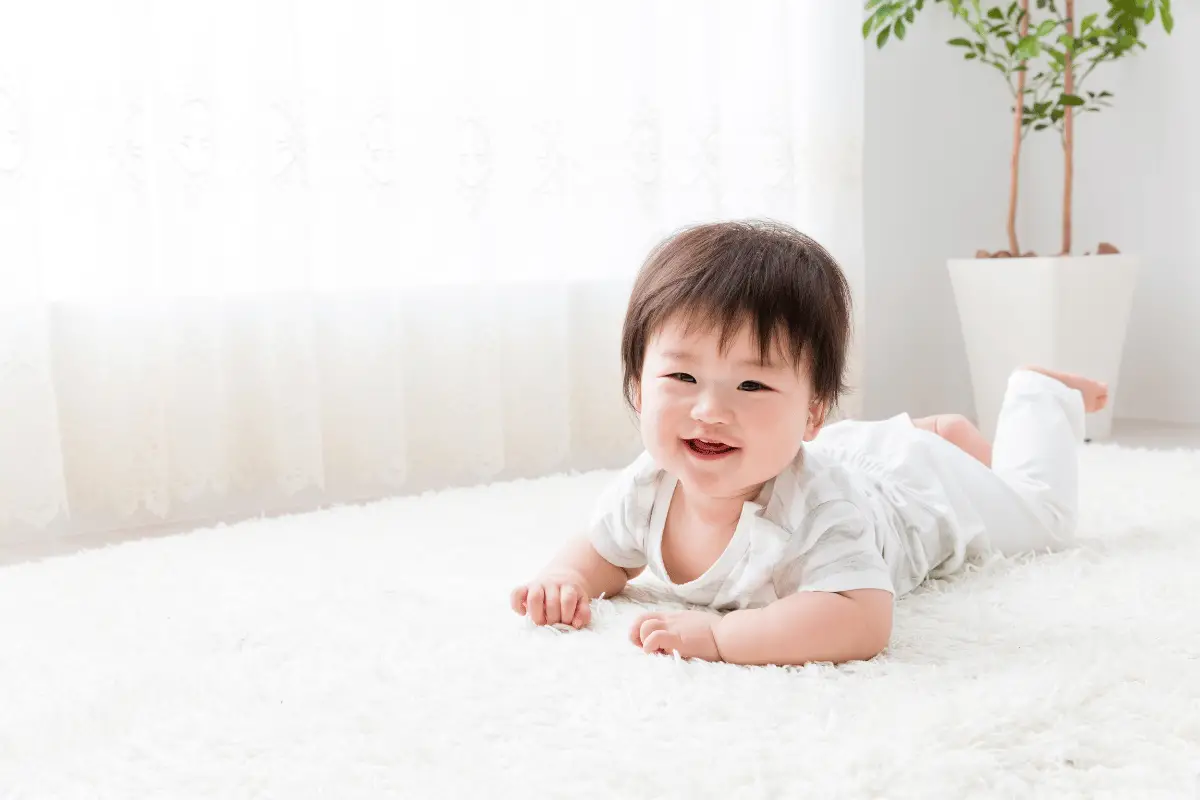

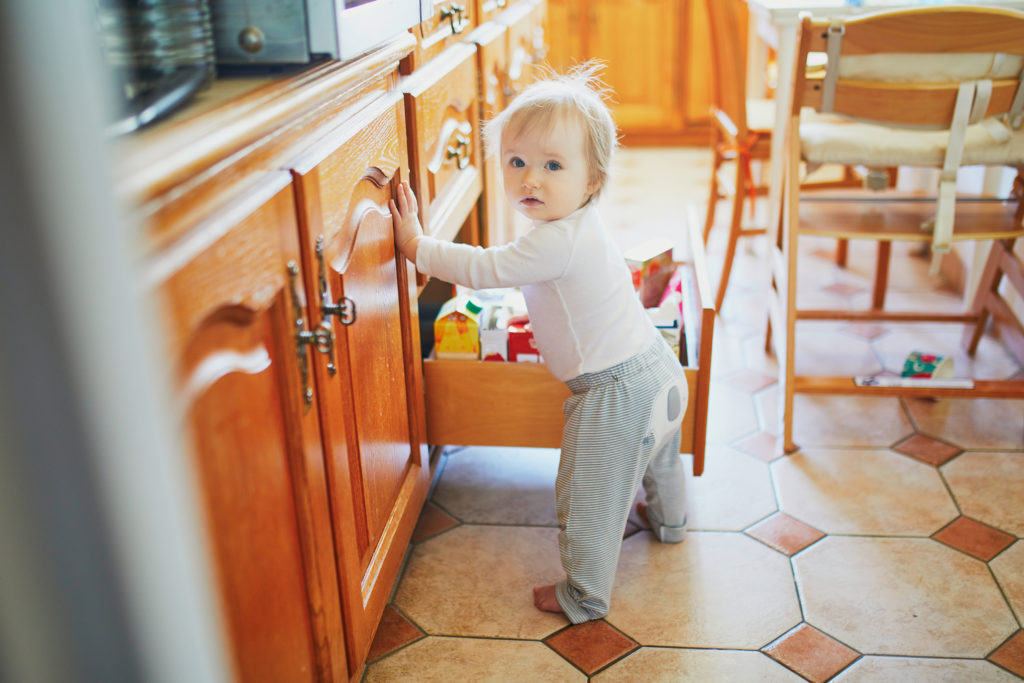

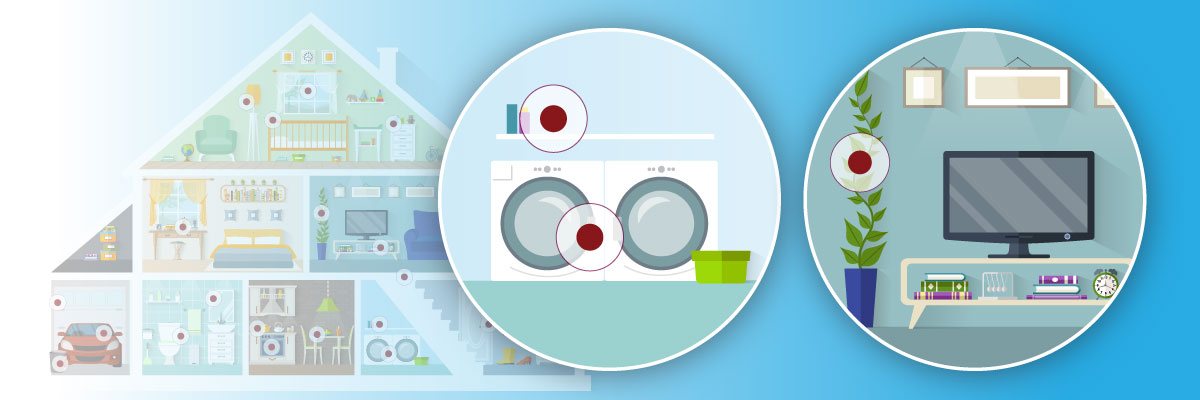
:max_bytes(150000):strip_icc()/child-proofing-3-toddler-exploring-kitchen-157373063-5963ded43df78cdc68bf2764.jpg)




